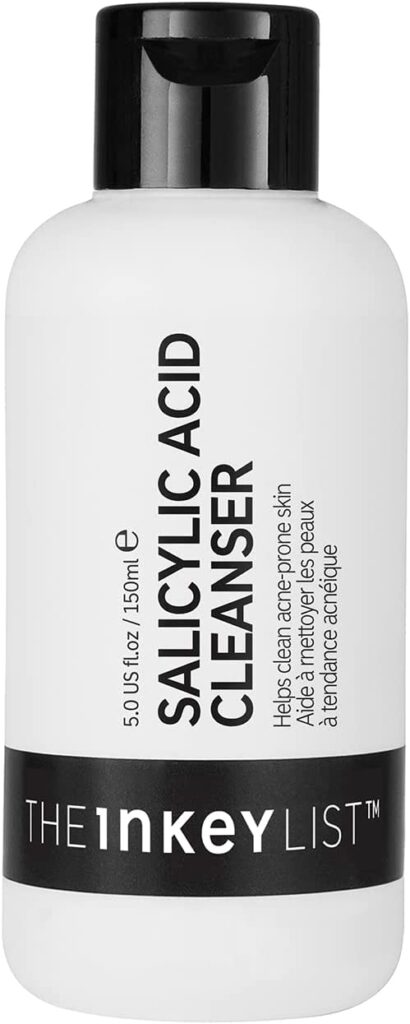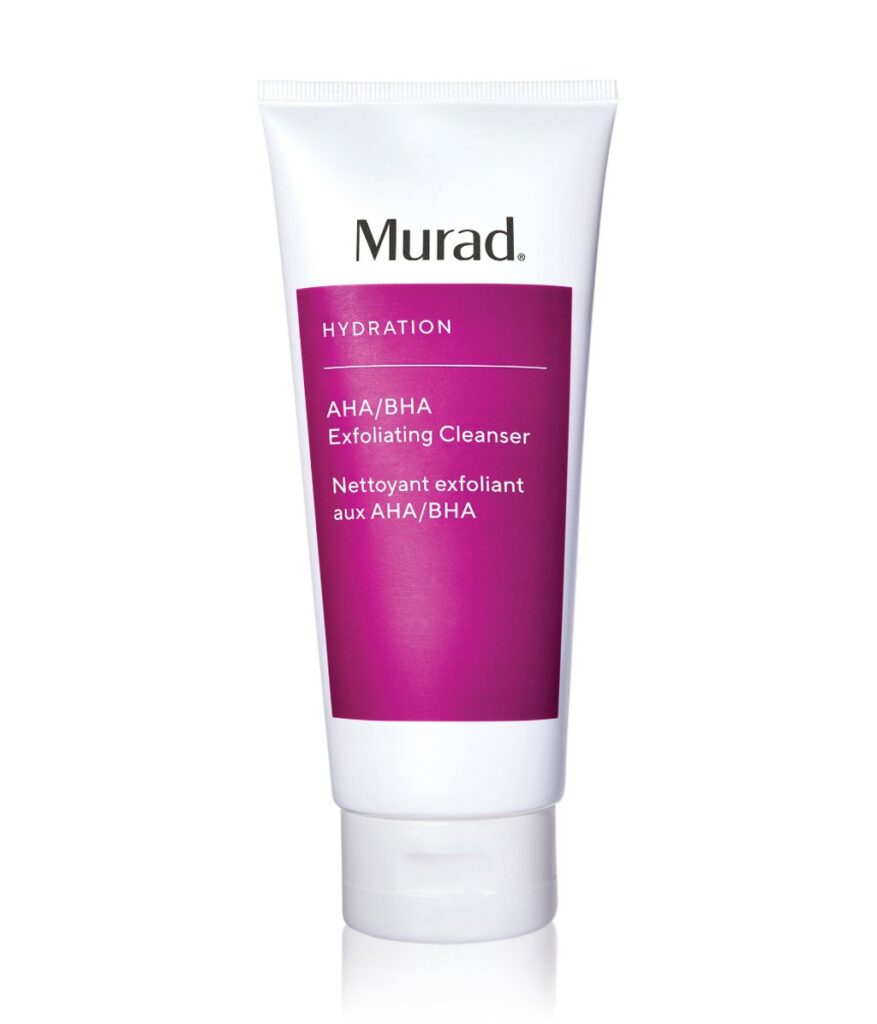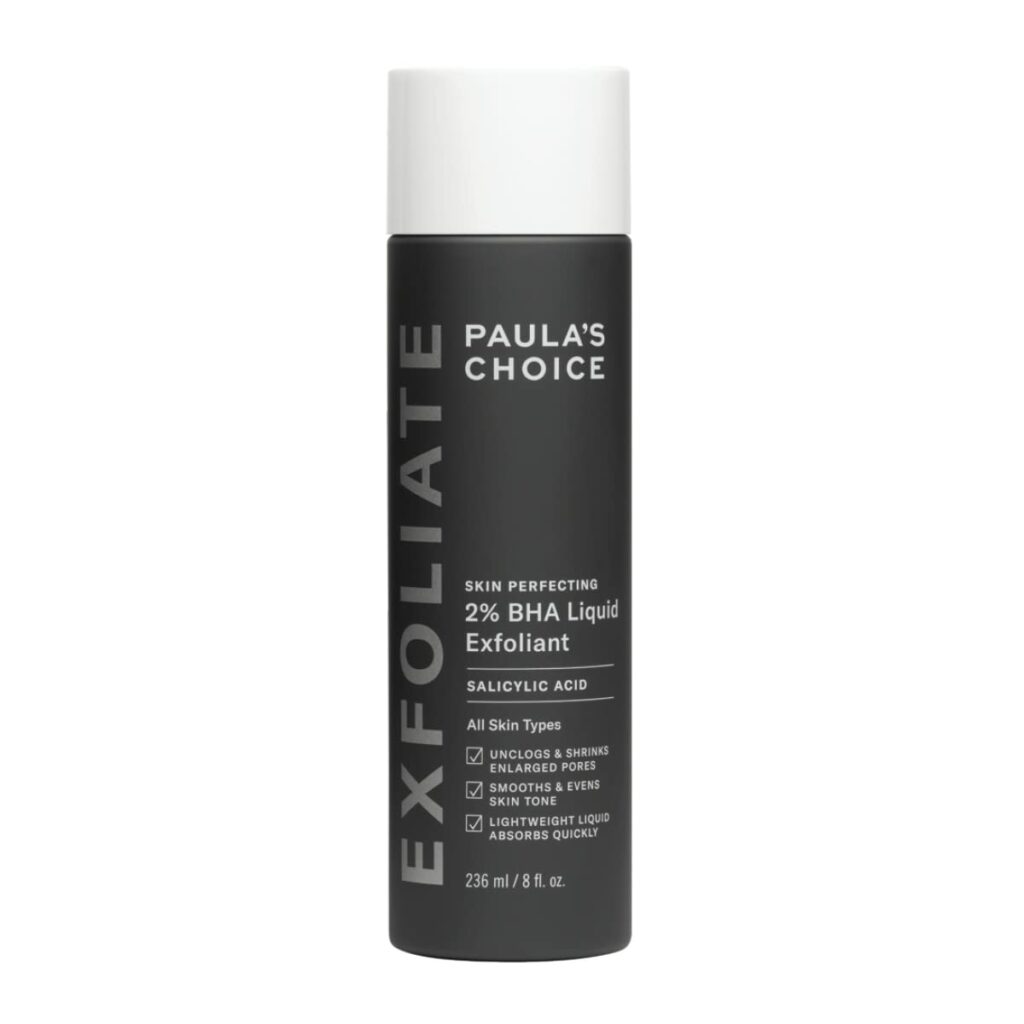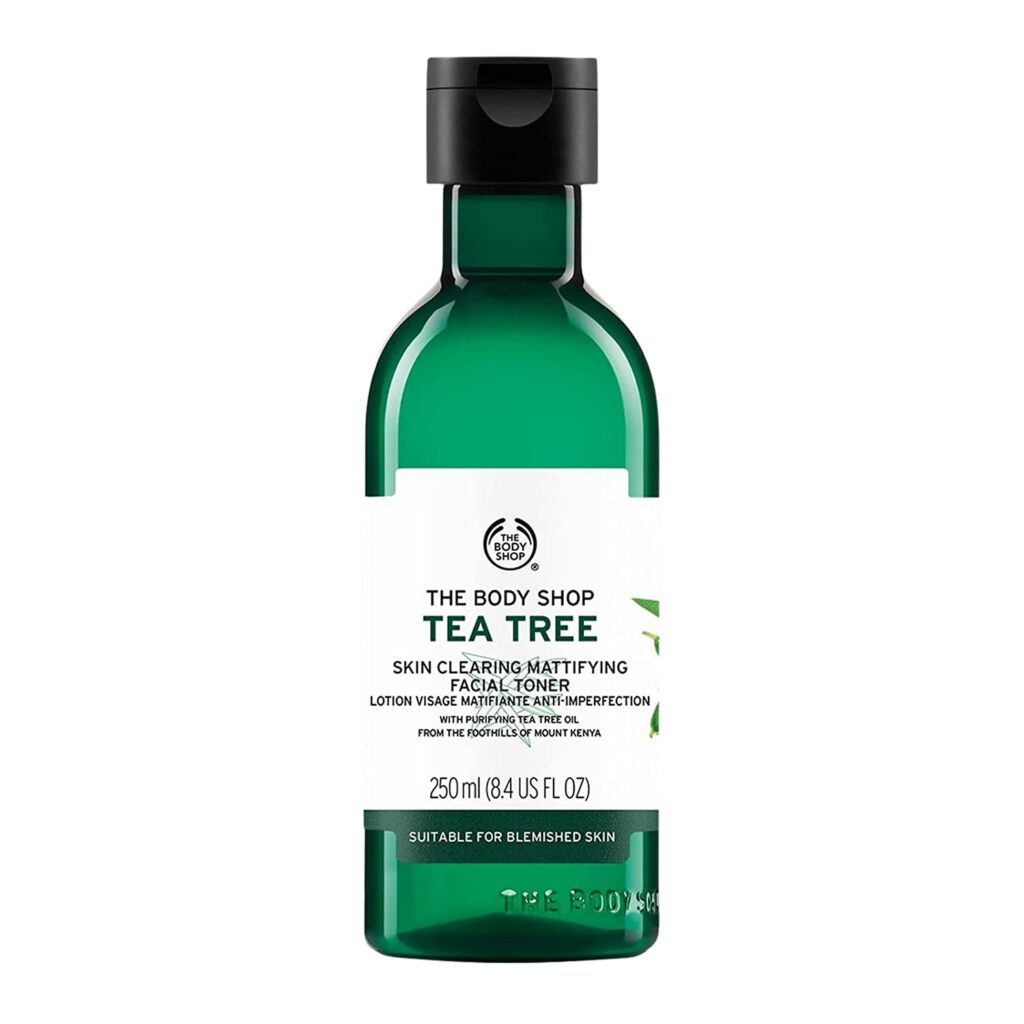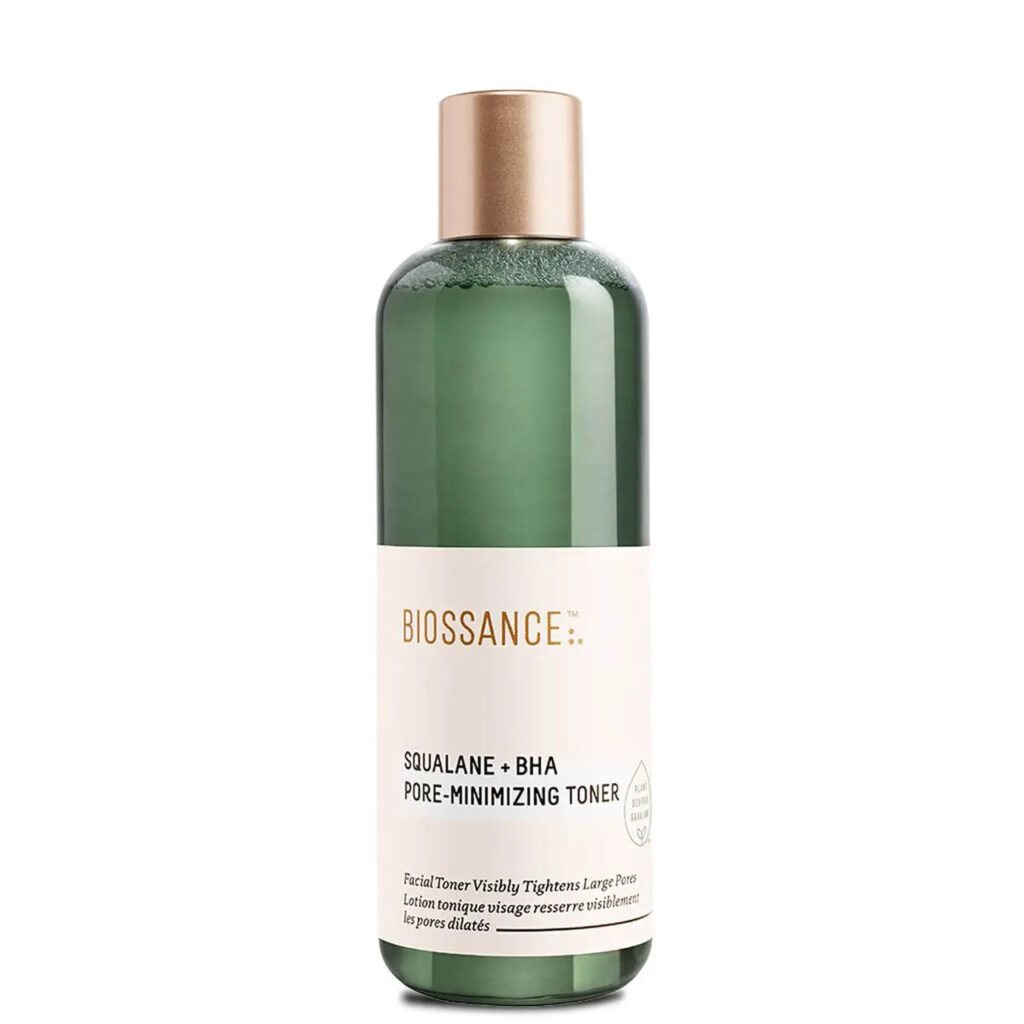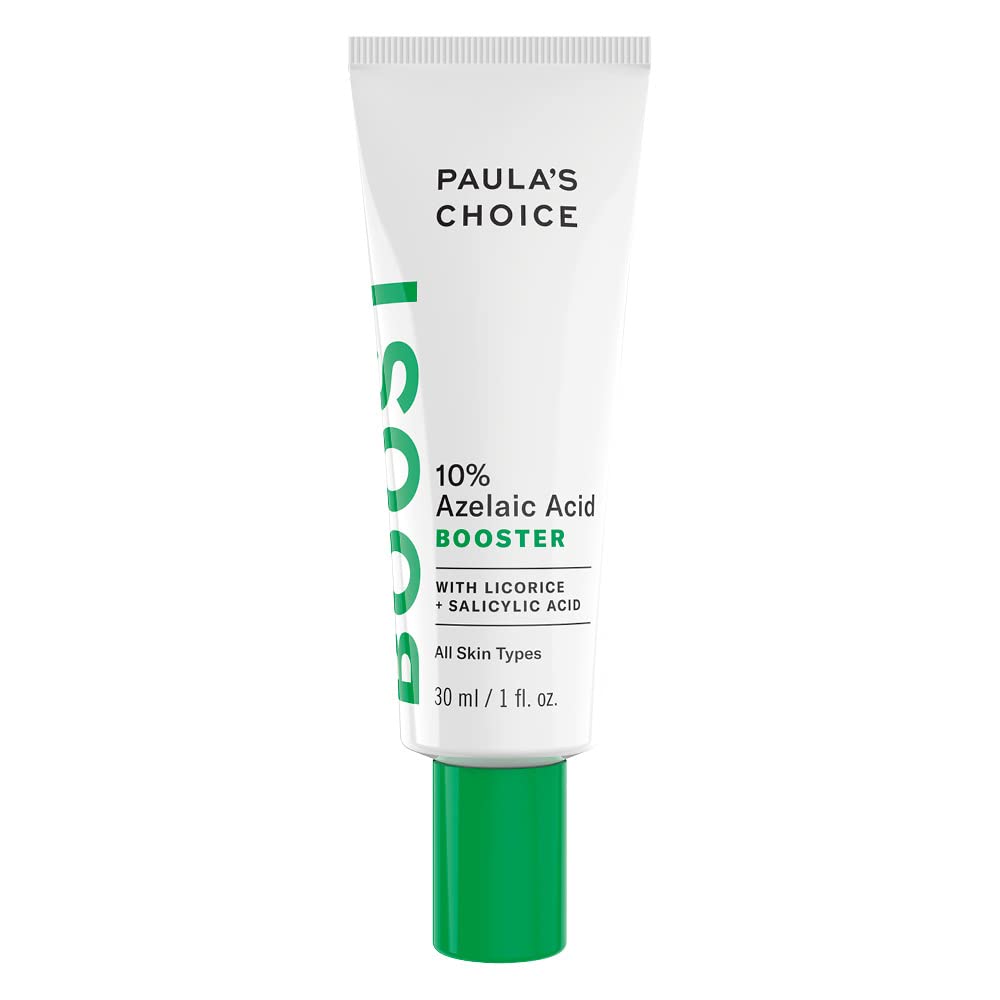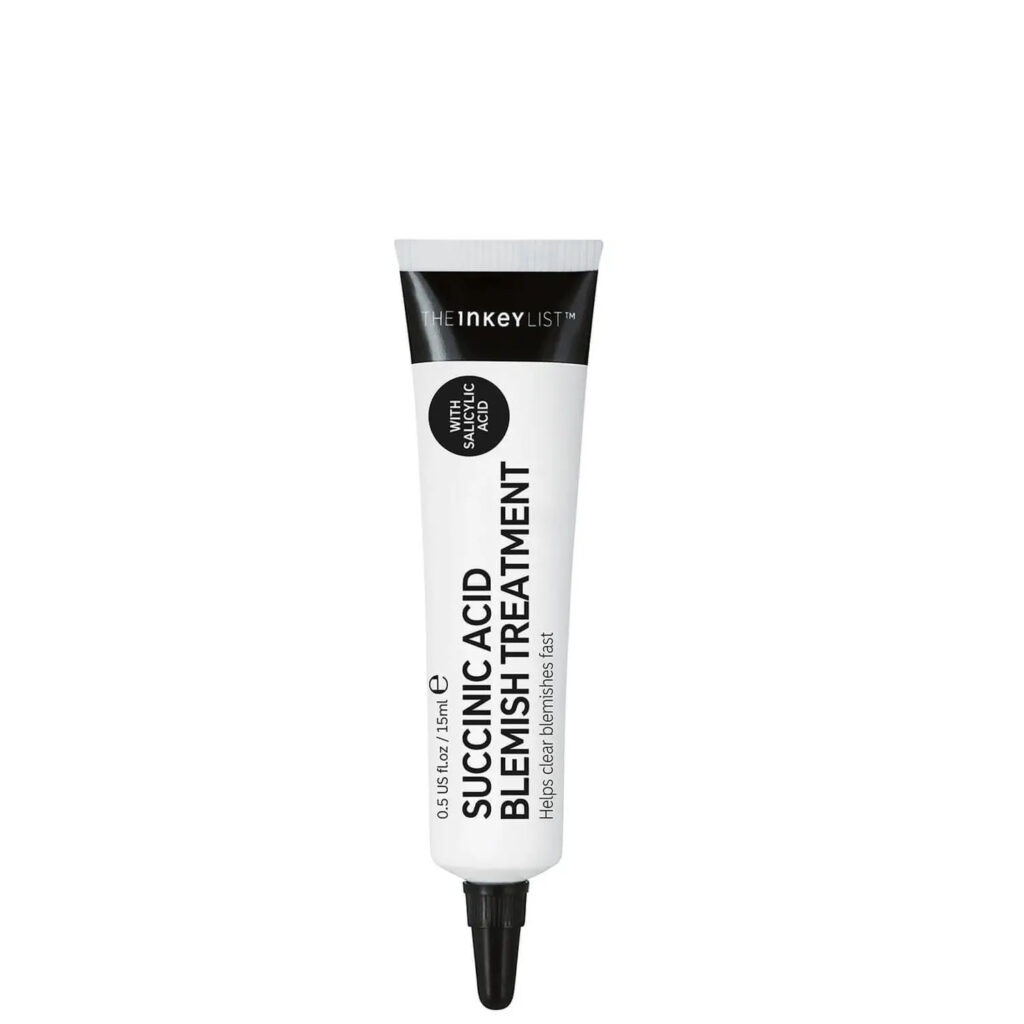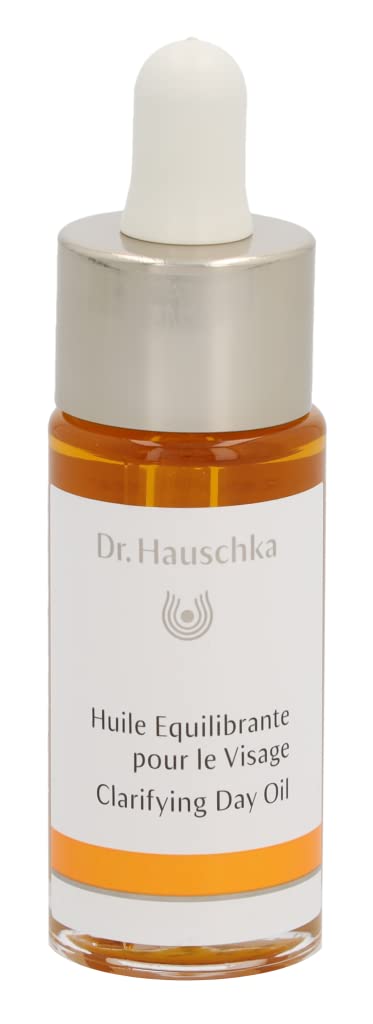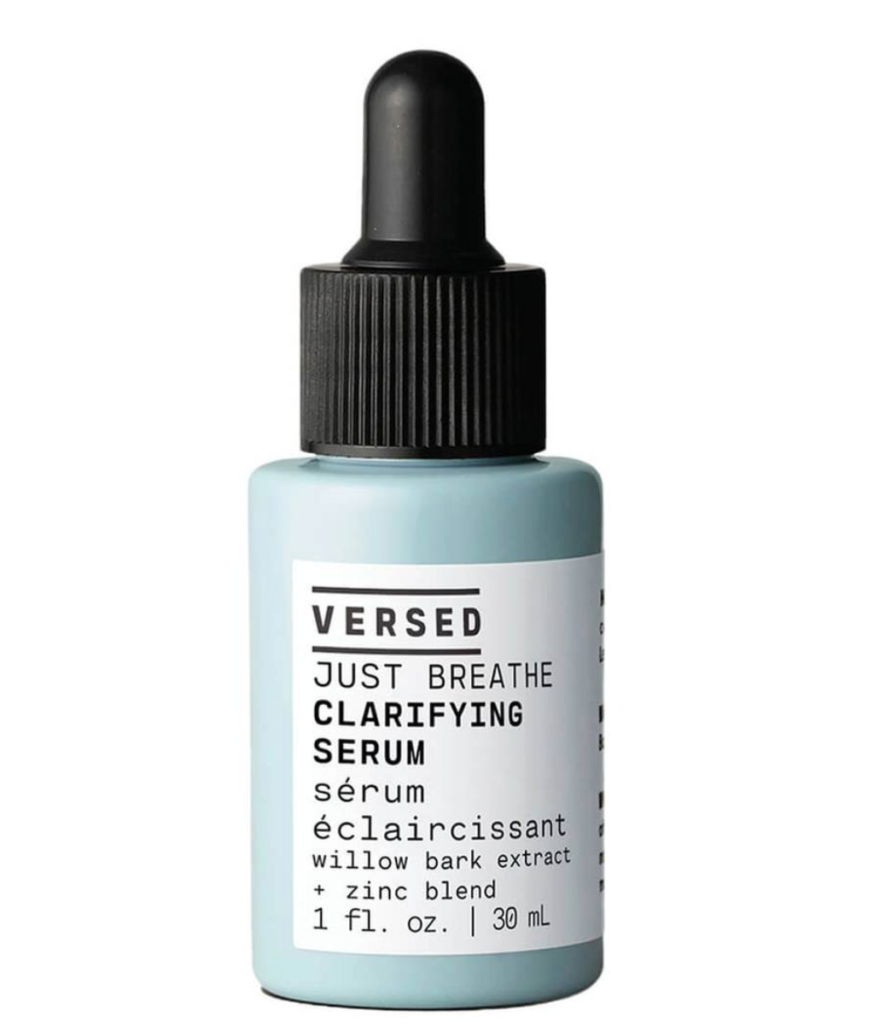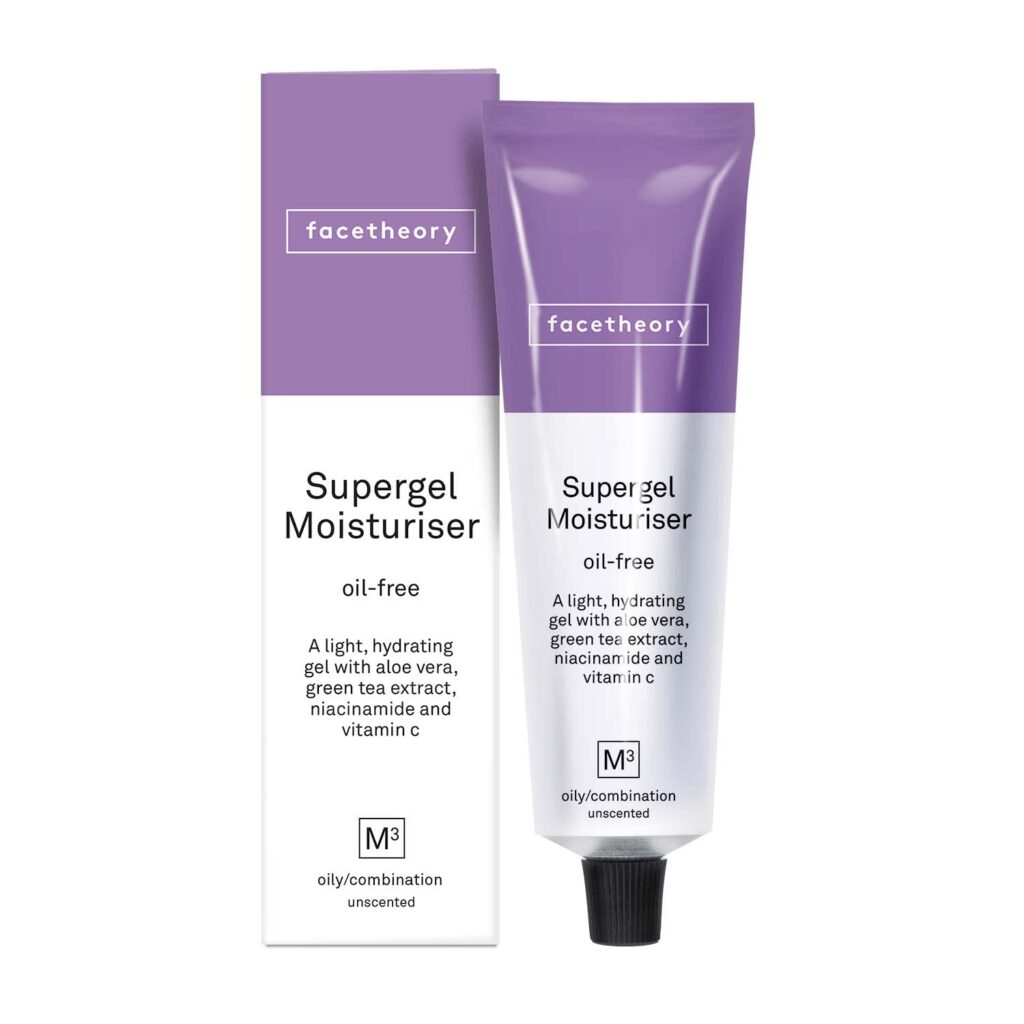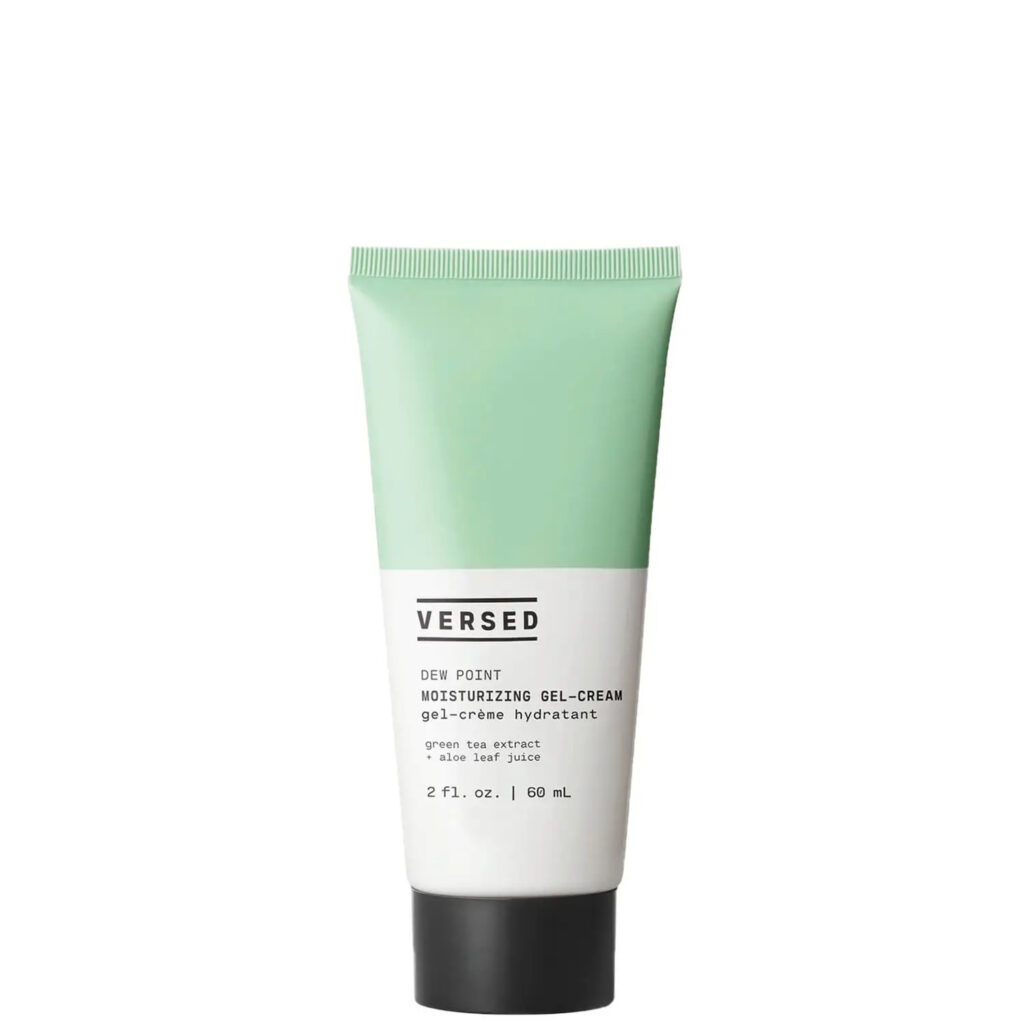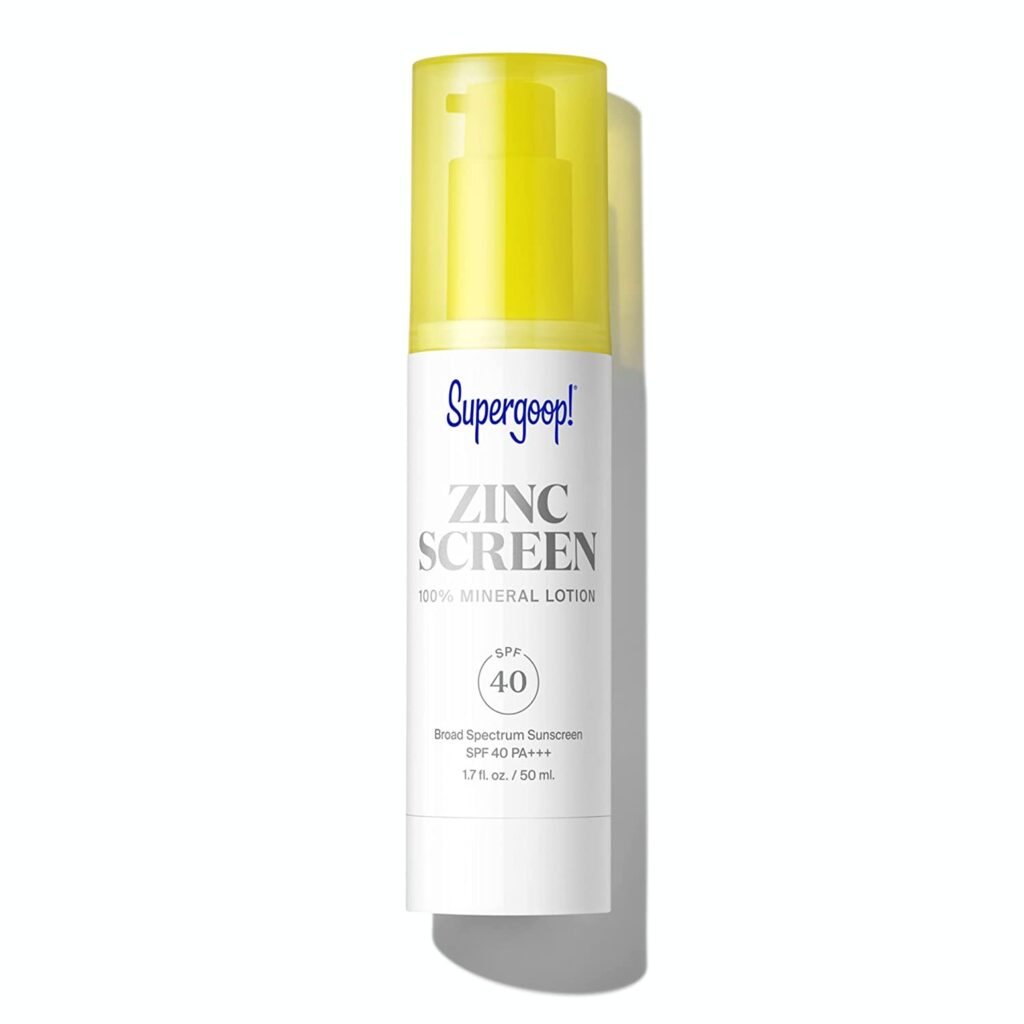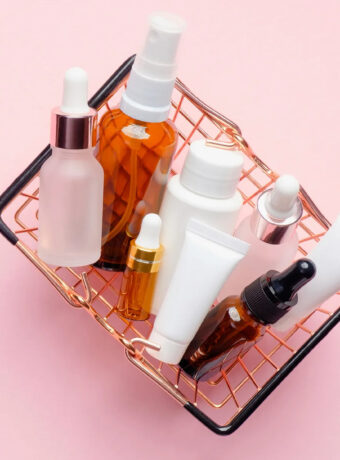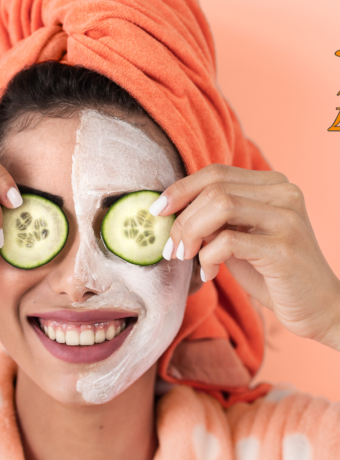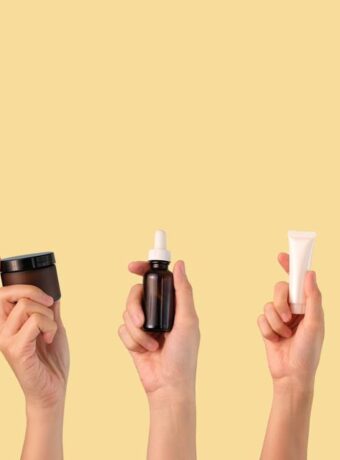A good acne skincare routine for acne is essential when you’re prone to breakouts. Acne-prone skin is a condition when breakouts happen more easily and more often. It doesn’t go away on its own and needs consistent treatment. Acne most commonly affects in the teenage years but can occur at any age. It is thought that acne is caused because of not keeping the skin properly clean but it can be caused by a variety of factors including genetics, hormonal changes, stress, and certain medications.
The most effective treatments for acne include topical and oral medications that can help reduce inflammation, unclog pores, and prevent new breakouts. These treatments may include topical retinoids, benzoyl peroxide, salicylic acid, and antibiotics.
In addition to medication, a good skincare routine can also help prevent and manage acne. This may include gentle cleansing, exfoliating, and moisturizing, as well as using non-comedogenic and oil-free products.
Are You Curious About What Causes Acne and How It Develops?
Sebaceous glands which are connected to hair follicles, produce an oil called sebum. Acne occurs when dead skin cells and other factors block the oil from escaping properly through the follicles, and cause pores to become clogged. Hormonal changes during puberty, pregnancy, menstrual cycles, and birth control pills can cause pimples to form. On the contrary, stress is one of the other main factors that can stimulate the oil glands, leading to an outbreak. In addition, acne can also be caused by irritation, a reaction to certain products or fabrics, an overgrowth of yeast in hair follicles, certain medications, and even diet. If you’re experiencing breakouts, it’s best to consult with a dermatologist to determine the underlying cause.
When pores are clogged, it can lead to various types of acne, such as whiteheads, blackheads, pimples, and cystic acne. Whiteheads occur when excess oil and dead skin cells block the pore opening, resulting in small bumps. Blackheads are caused when material blocking the pore reacts with oxygen and turns black when exposed to the air. Pimples appear as red spots when bacteria become trapped inside the pore with oil and dead skin, causing inflammation. Cystic acne is hard and painful, and it feels like a marble under your skin. It occurs when oil, dead skin, and bacteria penetrate deeper into the skin.
Effective Skincare Routine to Prevent Acne
To avoid acne look for ingredients like non-comedogenic or oil-free labels on the products you use. These labels indicate that the products do not contain oily ingredients that can cause acne or skin irritation. The hair care products such as shampoos, conditioners, and styling items may also lead to breakouts in certain areas of the body such as the forehead and neck. It is advisable to steer clear of oil-based products and switch up your routine if you suspect that it might be causing acne. Additionally, hair oil may transfer onto the skin, hence, it is recommended to keep your hair away from your face, especially while sleeping. Dealing with acne can be frustrating, but the right skincare routine can help. This article will be helpful if you are looking forward to creating a skincare routine that can help fight acne and improve the overall appearance of impure skin.
Step 1: Cleanse your Face With a Gentle Touch
Cleansing is a crucial step in any skincare routine, particularly for acne-prone skin. The goal of cleansing for acne-prone skin is to remove excess oil, dirt, and impurities without stripping the skin of its natural oils, which can actually make acne worse. Start with using a gentle cleanser in the morning and at night. Look for a cleanser with salicylic acid, which can help unclog pores and prevent breakouts.
It is important to choose a cleanser that is suitable for your skin type and individual needs. Some of the best cleansers for acne-prone skin include:
Step 2: Exfoliate your Face 1-2 times Weekly
It can be an effective way to help manage acne-prone skin by removing dead skin cells and unclogging pores. However, it’s important to be careful when exfoliating acne-prone skin, as scrubbing too hard or using harsh products can actually make acne worse.
Use a chemical exfoliant like glycolic or lactic acid once or twice a week to help remove dead skin cells and promote cell turnover. This can help prevent clogged pores and reduce the appearance of acne scars.
Some of the best exfoliants for acne-prone skin are:
Step 3: Toning the Skin
Toning can be an important step in a skincare routine for acne-prone skin as it can help to remove any remaining impurities and balance the skin’s pH levels. Use a toner with acne-fighting ingredients like witch hazel, tea tree oil, or benzoyl peroxide. This can help remove any remaining dirt or oil and further prevent breakouts.
Some of the best vegan toners for acne-prone skin are:
Step 4: Spot Treatment
This is an effective way to treat acne. Apply a spot treatment with benzoyl peroxide, salicylic acid, tea tree oil or sulfur directly to any active pimples or blemishes. This targets acne breakouts and can help reduce inflammation and speed up the healing process.
Here are some of the best spot treatment products for acne and blemishes:
Step 5: Acne-Fighting Serums
There are several serums that can help fight acne and promote clear, healthy skin. Some ingredients to look for when choosing an acne-fighting serum include salicylic acid, Vitamin C, Niacinamide, Tea tree oil and Retinoids. The use of serums containing these ingredients can be really helpful in treating acne.
Here are some serums for Acne-prone skin:
Step 6: Using Moisturizers
Moisturizing acne-prone skin is actually very important, as it helps to keep the skin hydrated and balanced, which can prevent further breakouts. However, it’s important to choose the right type of moisturizer and use it correctly to avoid causing further irritation or clogging of pores.
Use a lightweight and oil-free moisturizer to keep the skin hydrated without adding excess oil. Look for a moisturizer with hyaluronic acid or ceramides, which can help soothe and repair the skin.
Some of good moisturizers for acne-prone skin are:
Step 7: Sun Protection
Sun protection is very important for all skin types, including acne-prone skin. However, it can be tricky to find a sunscreen that won’t clog pores or cause further breakouts.
Use a broad-spectrum sunscreen with at least SPF 30 every day to protect the skin from UV damage. This is especially important if you are using products that contain acne-fighting ingredients that can make the skin more sensitive to the sun.
There are many good sunscreens available in the market for acne-prone skin. Some of these are:
Conclusion:
By following the above skincare routine, your acne will be treated and skin condition will become better. Remember to be patient and consistent with this routine. It can take several weeks or even months to see significant improvement in your skin’s appearance. If your acne is severe or doesn’t improve with tthese skincare products, consider seeing a dermatologist for further treatment options.


